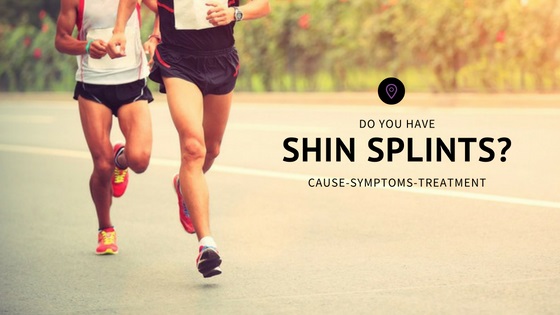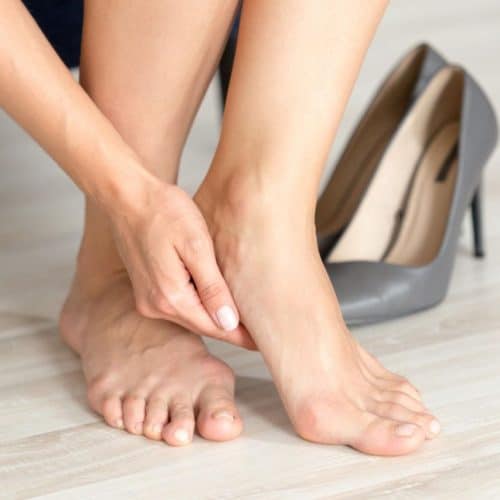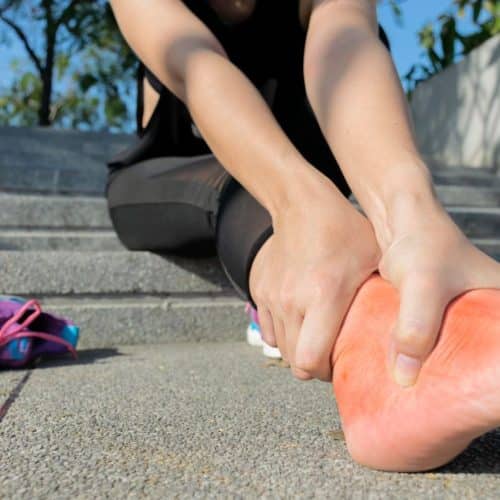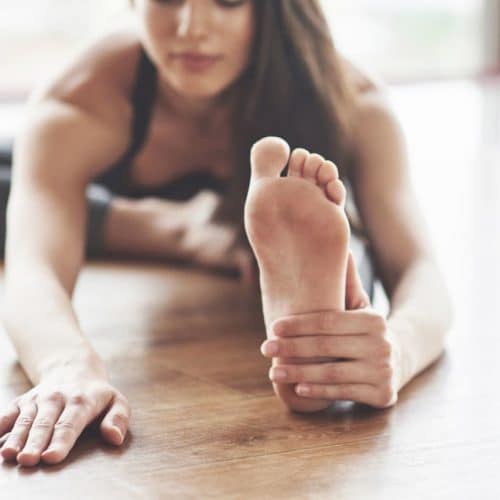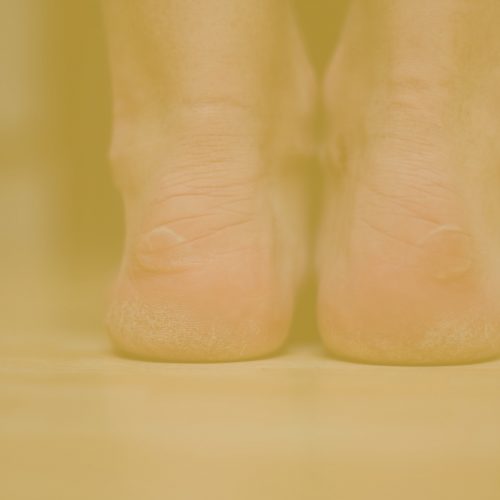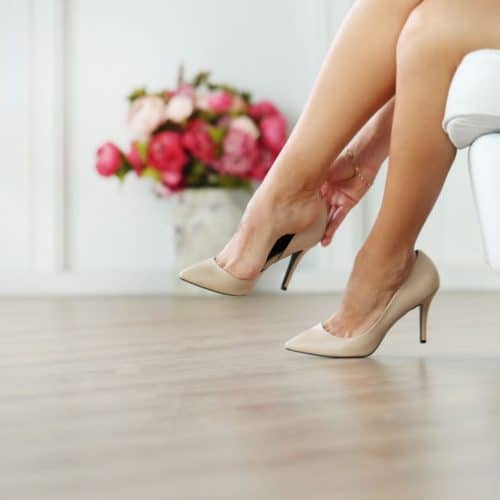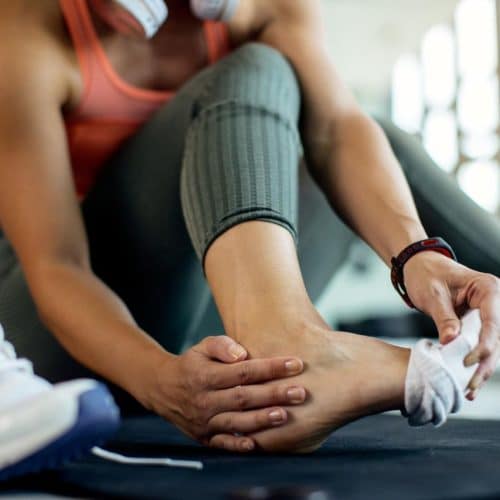Before I graduated as a podiatrist I was one of the many people who suffered from Shin Splints when I went for a run. This was one of the reasons I wanted to study podiatry in the first place to find out why this was happening and how I could fix it.
I quickly learnt that Shin Splints is a common term used for ‘Medial Tibial Stress Syndrome’. This term refers to any soft tissue injury and inflammation along the front of the shin bone. Shin Splints are a well-documented injury in runners and luckily for them it is a relatively easy condition to diagnose and treat.
So let’s start with the causes of this annoying pain in the front of your legs. The one that is preventing you from going out for that run, and what you can do to fix it.
What Causes Shin Splints:
- Poor foot biomechanics as the foot hits the grounds, causing the muscle around the shin bone to work and pull harder and longer than it should.
- Excessive pornations or fallen arch’s have been clinically proven to contirbute to shin splint pain.
- Overtraining and overworking without rest days or a new running program without conditioning the muscles for such distances yet.
- Weak Tibialis Anterior muscle and /or worn out footwear that does not provide enough support or shock absorption.
- The wrong type of running shoe for the foot type.
- Hard surfaces, such as concrete.
Symptoms of Shin Splints:
- Diffused dull ache in the lower leg.
- Pain down the length of the shin bone, at the start and completion of exercise.
- Symptoms are releived with rest.
- Gradually gets worse over time if not treated, reducing running distance and ability to exercise.
- May lead to stress fractures in the shinbone if not treated, which can result in pain on walking and at night.
If shin splints are not treated and eventuate into stress fractures. This can take months to heal and longer periods of rest from exercise, which as a fellow gym goer you definitely do not want! Therefore it is important to seek treatment as soon as symptoms present.
Treatment for Shin Splints:
- Seeing a podiatrist who can diagnose the condition, identify the causes and provide an appropriate treatment regime.
- Have a podiatrist assess your running style and technique to see how the foot moves during impact.
- Stretching of the tibialis anterior muscle, calf muscles, and plantar fascia before and after exercise.
- Strengthening exercises of the tibialis anterior muscle, calf muscles, gluts and lateral hip rotators to help with running style and efficiency of the hips, knees and feet.
- Slowly rehabilitating back to a running regime on a softer surface area (grass), increasing the distance and impact over time.
- New running footwear suited to your foot and running style.
- Customised or prefabricated orthotics to correct poor foot biomechanics if required.
- Foot Mobilisation Therapy to help restore normal ankle joint range of motion and reduce restrictions and compensations in the foot.
- Deep tissue massage, dry needling, foam rolling and/or kinesiology taping to facilitate a quicker recovery.
- Shock Wave Therapy for chronic Shin Splint has been clinically proven to be beneficial.
If this sounds all to familiar and you are suffering from re-current shin splint pain then a trip to see our experienced sports podiatrist should be on your to do list!
Related Topics


